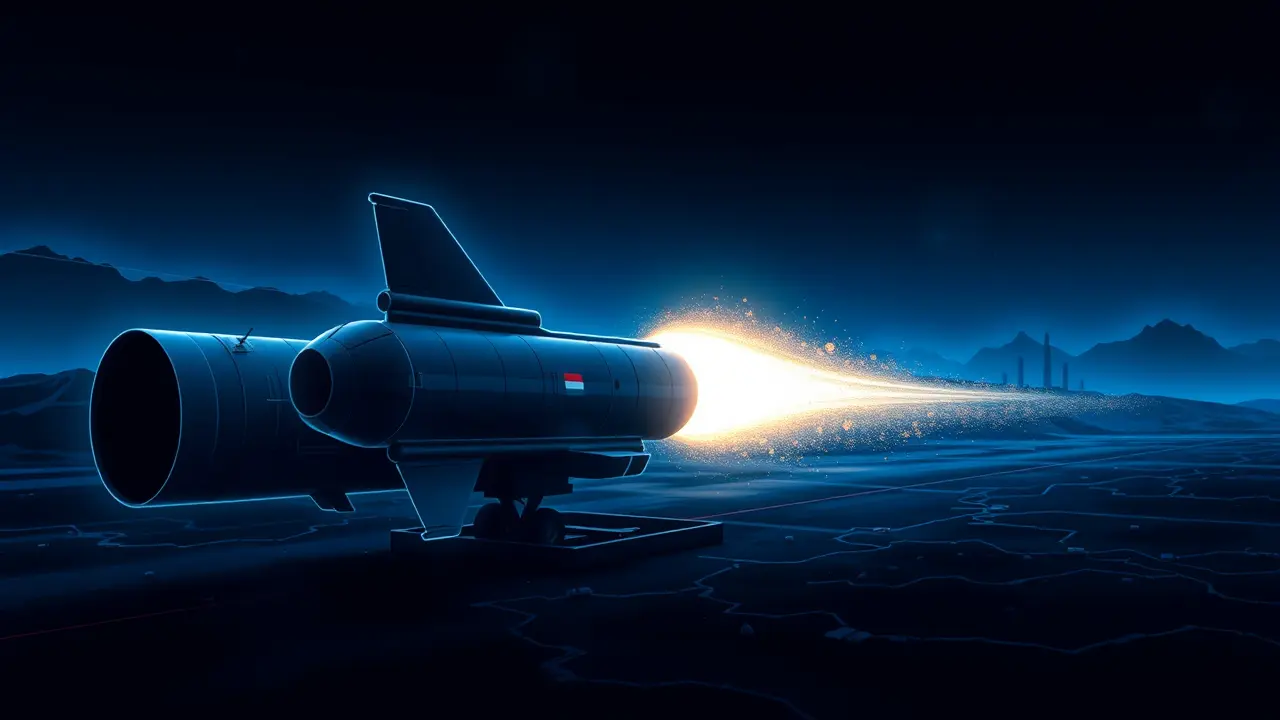
Politicsconflict & defenseMilitary Operations
US Nuclear Weapons in Germany: Europe's Deterrence Effectiveness Questioned.
RO
Robert Hayes
2 hours ago7 min read1 comments
The deployment of approximately twenty American B61 tactical nuclear weapons at Germany's Büchel Air Base represents a cornerstone of NATO's extended deterrence strategy, a Cold War relic that has been meticulously modernized yet now faces profound questions about its efficacy in an era of renewed great-power confrontation. This arsenal, intended to be delivered by both US and German Tornado aircraft—and eventually by the F-35—forms the physical manifestation of a nuclear-sharing agreement that binds the alliance, yet experts from institutions like the Carnegie Endowment and the Federation of American Scientists increasingly warn that this deterrent is no longer the unassailable guarantee of security it once was.The very premise of tactical nuclear weapons in Europe was to counter the overwhelming conventional superiority of the Warsaw Pact; today, they are perceived as a political symbol of American commitment, but their military utility is clouded by strategic dilemmas. Would any US president authorize the first use of a nuclear weapon from German soil, knowing it would almost certainly escalate into an all-out strategic exchange with Russia? This question hangs over every policy discussion in Brussels and Washington, echoing the terrifying calculus of the Cuban Missile Crisis, where the world stood on the brink over the placement of similar systems.The debate is further complicated by a resurgent Russia, which has developed sophisticated anti-access/area-denial (A2/AD) capabilities and its own suite of tactical nuclear systems, effectively nullifying the perceived advantage of forward-deployed US arms. Consequently, whispers within strategic circles now ponder a radical shift: could these weapons be relocated eastward to the Baltic states, perhaps to Estonia or Lithuania, to create a more immediate and credible threat to Russian ambitions? Such a move, while militarily provocative, would be a logistical and political quagmire, placing these vulnerable warheads within easy striking distance of Russian Iskander missiles and transforming the Baltics from a tripwire into a potential nuclear battleground, fundamentally altering the security calculus for the entire alliance.It would signal an abandonment of the post-Cold War status quo and likely trigger a severe escalation from Moscow, potentially including the deployment of Russian tactical nukes to Kaliningrad, thereby creating a hair-trigger standoff reminiscent of the darkest days of the Cold War. The German political landscape adds another layer of complexity, with significant factions, including the Social Democrats and the Greens, historically advocating for the removal of US nukes entirely, viewing them as a dangerous anachronism rather than a protective shield. Thus, the weapons at Büchel are not merely instruments of war but potent political symbols, caught between the enduring need for Atlantic solidarity and the terrifying realities of modern warfare, their future set to define European security for decades to come.
#nuclear weapons
#Germany
#deterrence
#Europe
#US military
#Baltic states
#featured
Stay Informed. Act Smarter.
Get weekly highlights, major headlines, and expert insights — then put your knowledge to work in our live prediction markets.
© 2025 Outpoll Service LTD. All rights reserved.